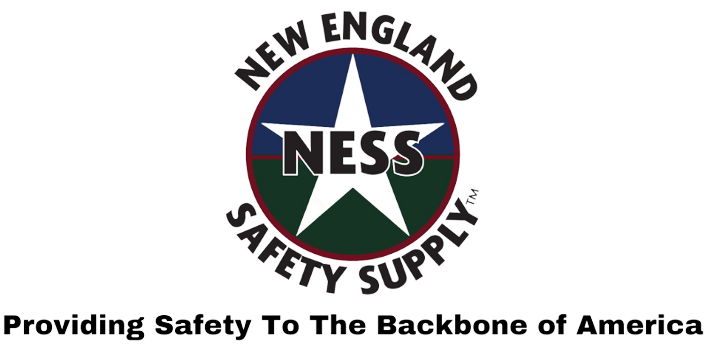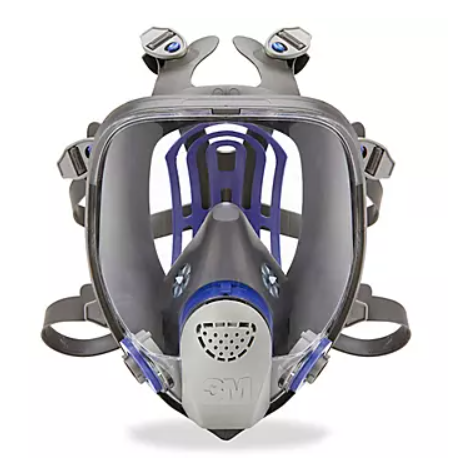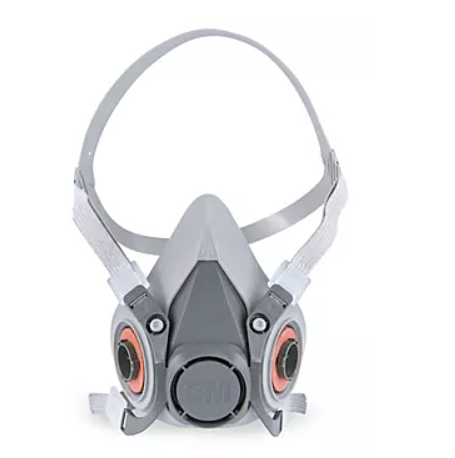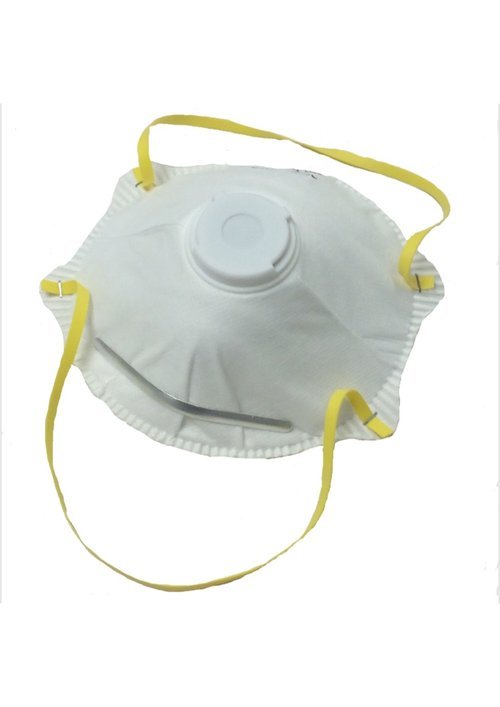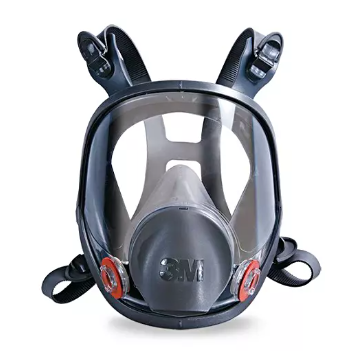For the million+ warehouse workers across the United States, there are many ways to help avoid common accidents at the workplace. The Occupational Safety and Health Administration (OSHA) outlines the following tips to improve warehouse safety:
• Training. Ensure employees are trained on ergonomics, proper lifting technique, safe truck operation, PPE, and chemical safety, including chemical hazards, reading safety data sheets and labels, and safety precautions. Teach ways to reduce the risk of heat stress or cold-related conditions if workers labor in hot or cold environments. Thoroughly document all training.
• Scheduling. When determining time requirements for tasks, factor safety practices and periodic rests for employees performing physical labor.
• Chemical safety. Provide an up-to-date list of chemical hazards present in the facility. When handling chemicals, make sure workers wear appropriate PPE, like gloves, goggles, protective clothing, and respiratory protection. Properly label all chemicals and store according to manufacturer recommendations and fire codes.
• Ventilation. Ensure the warehouse is properly ventilated to reduce hazards from engine exhaust and gassing batteries.
• Falls. Rope off or block loading docks and other zones where workers could fall more than four feet. Clear aisles and floors of hoses, cords, spilt materials, clutter, and other hazards to reduce tripping. Install guard rails or covers to block stair openings.
• Powered machinery. Implement proper lockout tagout processes
• Falling objects. Store product and materials in tiers, stacked properly by blocking, interlocking, and limiting pile height.
• Clearance. Properly mark appropriate safe clearances for loading docks, aisles, and passageways where equipment for mechanical handling or lifting is in use.
• Lifting machines. Use correct signals when lifting with hoists and elevators
• Forklifts. All forklifts should meet the requirements in American National Standard for Powered Industrial Trucks, Part II ANSI B56.1-1969. Ensure operators follow all driving safety protocols and provide each operator with a performance evaluation every three years at minimum. Examine each truck before use.
• Forklift batteries. Charge batteries only in designated areas. Post safety signs to remind workers to refrain from smoking in the area and to keep tools and metal items away from uncovered batteries. Provide appropriate equipment for handling batteries.
OSHA Warehouse Safety Publication
The information contained in this article is intended for general information purposes only and is based on information available as of the initial date of publication. No representation is made that the information or references are complete or remain current. This article is not a substitute for review of current applicable government regulations, industry standards, or other standards specific to your business and/or activities and should not be construed as legal advice or opinion. Readers with specific questions should refer to the applicable standards or consult with an attorney.
 (508) 492-8975
(508) 492-8975